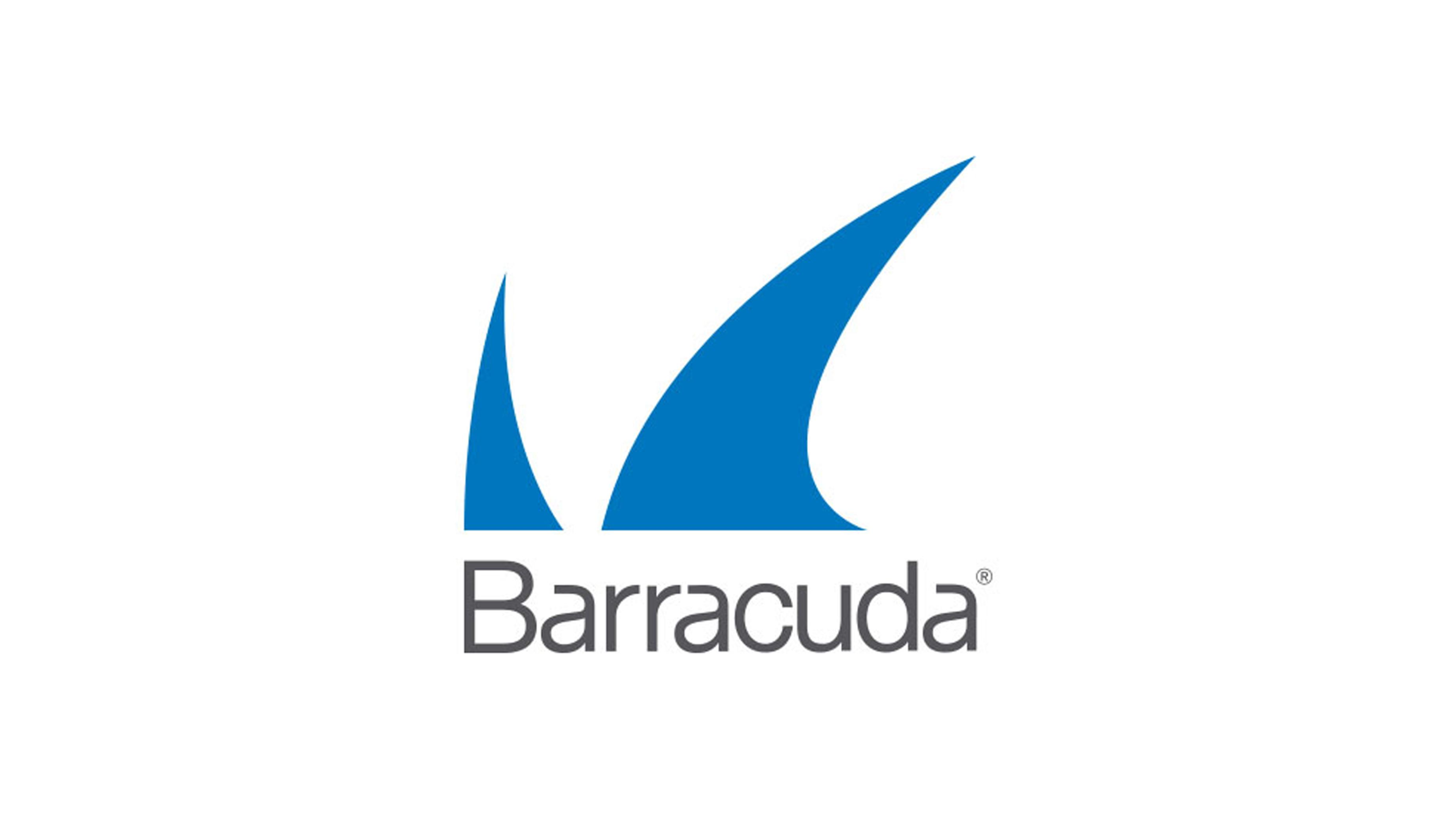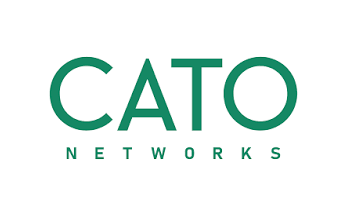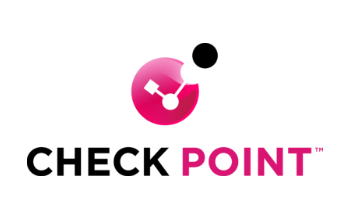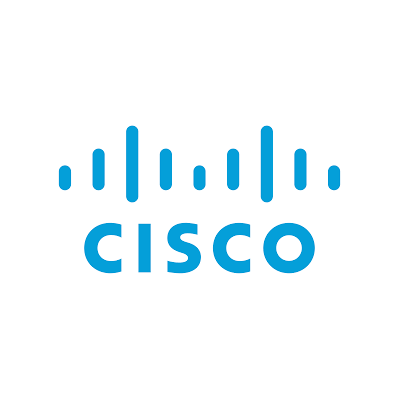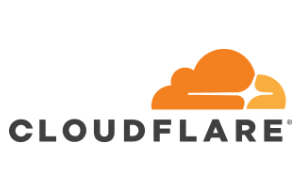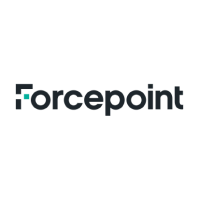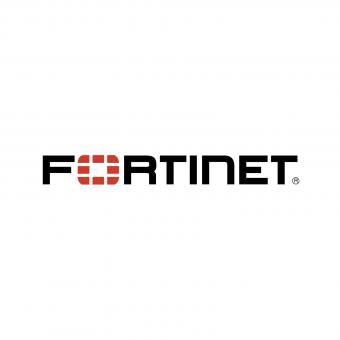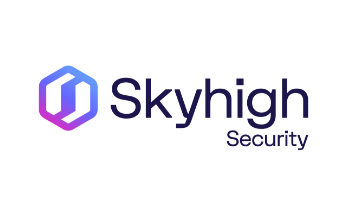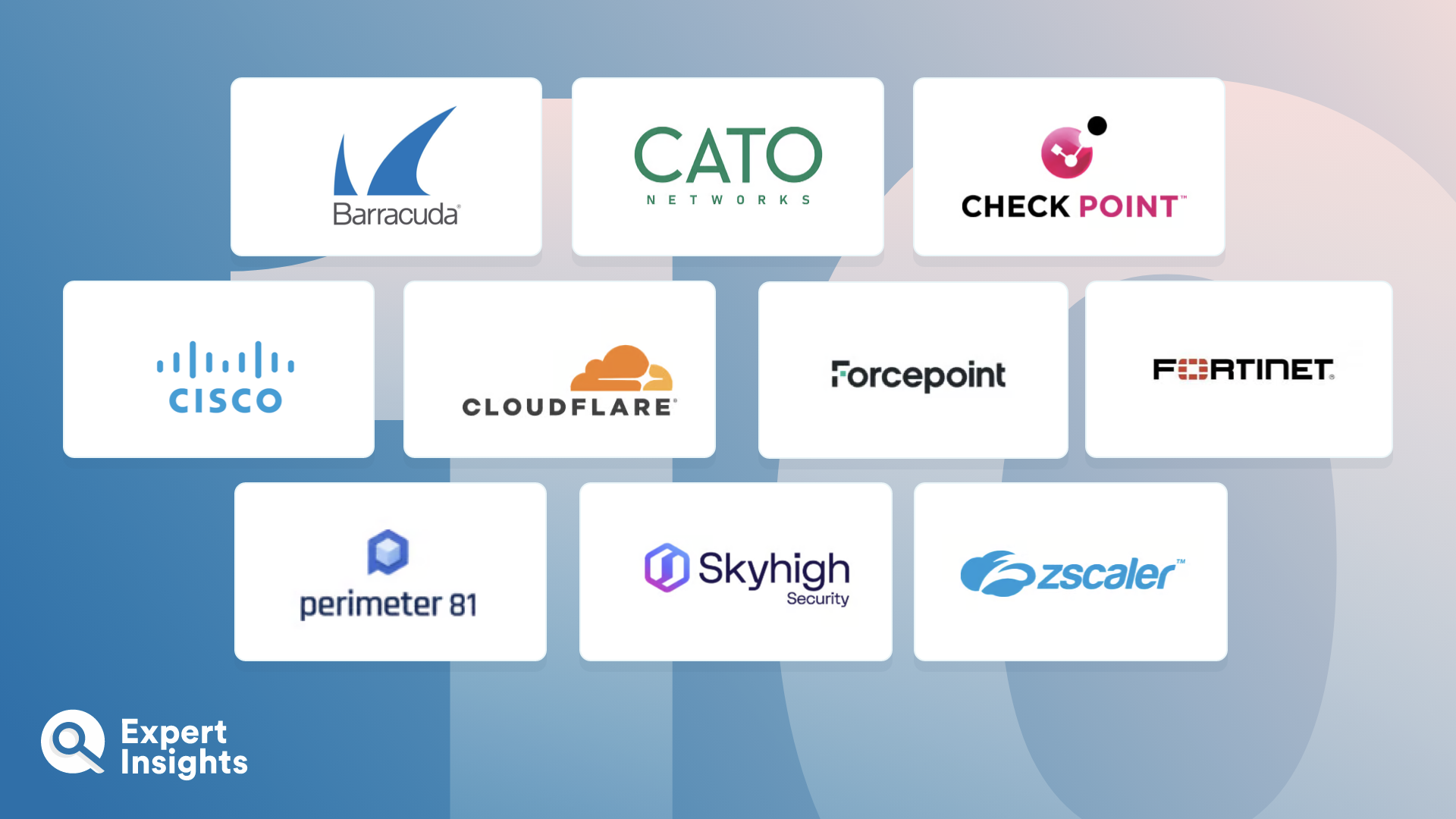When discussing “the edge”, IT teams are referring to the boundary between the cloud network interfaces and the wider internet. With organization’s shifting to cloud-based services, the edge has become larger and more disparate. Rather than operating in isolation with a clear perimeter, organizations today share data between cloud, internet, and on-premises areas, often many times a day. This has resulted in edge needing to be navigable, (enabling workflow processes to be productive) as well as secure and protected.
Cloud Edge Security software offers a way of securing this boundary between your organization and the wider internet. It provides a fortress of security measures that safeguard data, applications, and infrastructures from potential threats lurking at the cloud’s periphery. These advanced tools unite functionalities such as firewall protection, data encryption, and secure access service edge (SASE) to form a robust boundary against cyber-attacks.
At the edge, security challenges are complex and multi-dimensional. They often encompass potential risks like data breaches, DDoS attacks, and malicious intrusions. Cloud Edge Security software is tailored to meet these challenges head-on, offering a portfolio of solutions that encompass real-time threat detection, secure VPNs, and identity and access management, among others. Cloud edge security tools work continuously to filter traffic and monitor activities at the cloud’s edge, thereby preventing unauthorized access or data exfiltration.
Selecting the right Cloud Edge Security software can be a complex process; you need to consider compatibility with existing infrastructures, budget constraints, and specific organizational security goals. In a market filled with a range of technically advanced solutions, each offering a unique blend of features, the choice can be overwhelming.
In this guide, we’ve listed the top Cloud Edge Security software solutions available today. For each product, we’ve assessed and highlighted their key features, empowering you to make smarter decisions regarding the platform that suits your organization. We explore common features such as threat intelligence, data encryption, and user authentication.



